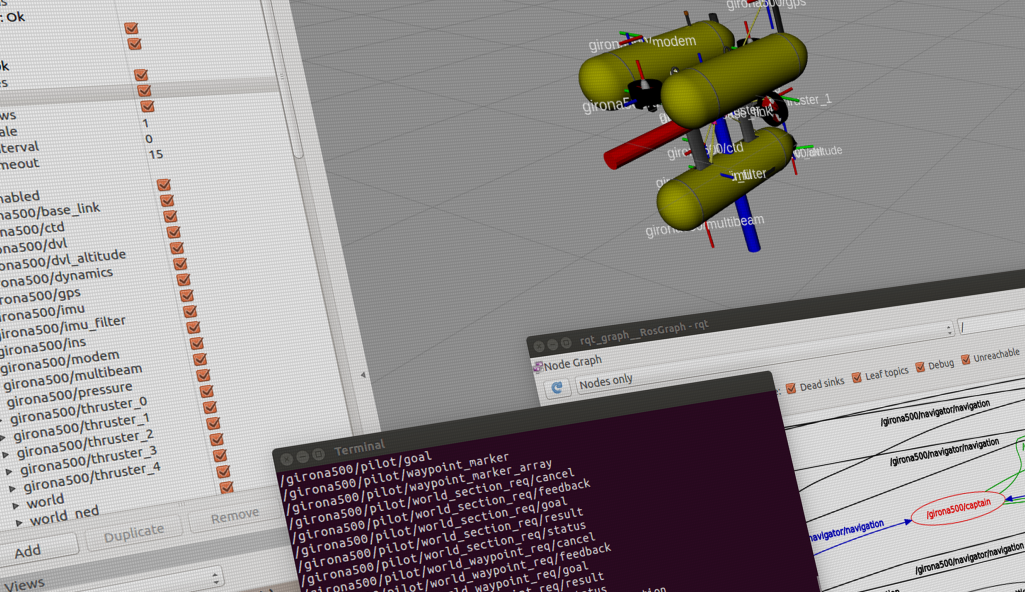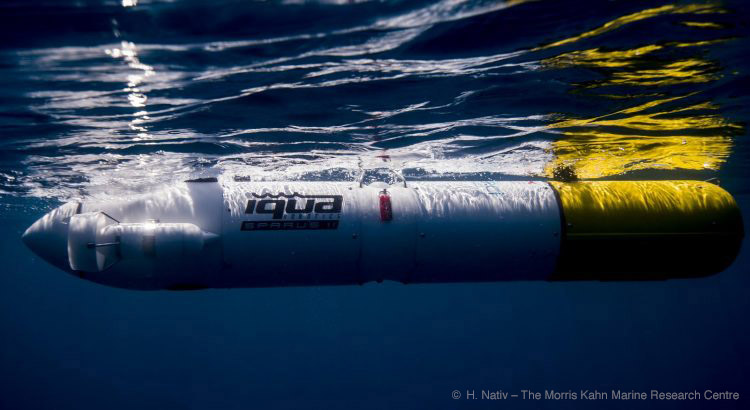The vehicles from Iqua Robotics have at its core an open software architecture based on the robot operating system (ROS), named component oriented layer-based architecture for autonomy (COLA2). The use of a ROS-based software architecture is particularly advantageous from a developer perspective and it simplifies the creation and the addition of new components, thus enabling to easily tailor the vehicle to the user needs. Moreover, ROS is open source and it benefits from a large user community, which is also growing in the underwater domain.
At the beginning of October, Iqua Robotics co-organized with the University of Girona a workshop entitled “Adoption of Conventions in the Underwater ROS Community” as part of the Breaking The Surface (BTS) 2018 conference held in Croatia. The workshop brought together almost 30 attendants from 16 different companies and organizations, mostly from Europe, that are currently using ROS – or plan to use it in the near future- in an underwater application.The participants had the opportunity to share which is their particular use of ROS and interchange opinions and experiences regarding problems and features that are missed. This served as a starting point for a discussion focused mainly on the standardization of low-level messages that are specific to the marine environment, as well as on the need for simulators and other tools.
At the end of October, the outcomes of the BTS workshop were presented inside another workshop organized at Woods Hole by WHOI and Houston Mechatronics under the name of “Creating a Thriving Underwater ROS Community“. This workshop, of similar philosophy, was organized to spur the growth towards a ROS ecosystem for underwater robotics and encourage collaboration between members of the underwater ROS community around the globe.


